Forms and Function
Types of Structures
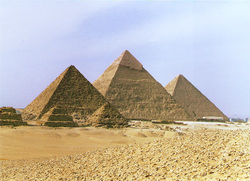
Mass
built by piling
materials
held in place
by own weight
snow sculptures,
dams, mountains

Frame
skeleton of strong material
lightweight designs need
to be fastened to ground
homes, snowshoes

Shell
strong, hollow
little building material
egg cartons, food cans, pipes
Design Features
Function
what the structure
is supposed to do
consider location

may need to support
humans, support wind etc
Shape
made to
withstand forces

used to spread force

corrugations increase
strength in structure

triangular shapes
are strong
Material
chosen based on strength
needed, environment etc

composite materials are
using two different materials
to use both benifits
Joints

any place where pieces
are held together

mobile joints
allow movement

rigid joints
prevent movement
Stability and Center of Gravity
Stability

a chair may become unstable
if a chair leg is lifted above the
ground
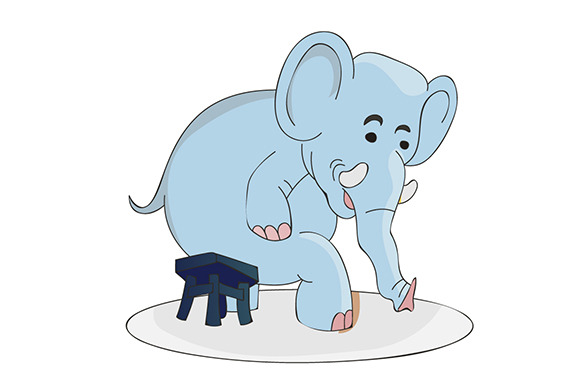
a structure can become
unstable if it can not support
the live load
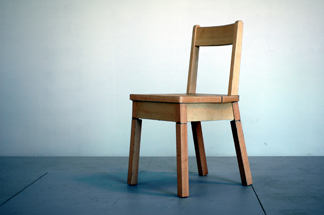
a stable structure can support
a live load and the support
base/points are not altered
Center of Gravity
stable structures can have
their center of gravity
outside or not centered
over the support base
unstable structures like the
tower of pisa's center of gravity
is inside but not centered over
the support base
Internal and External Forces
External
affect structure
from outside
live loads

strong winds

impact forces
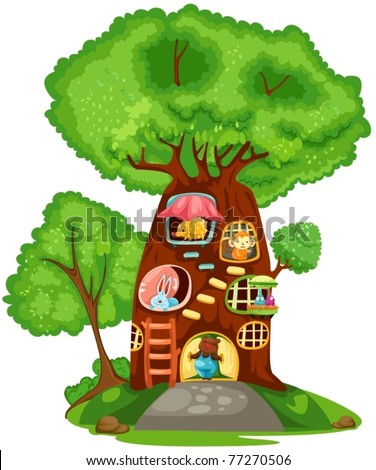
objects on or
within structure
dead loads
the weight of the materials
used to build the structure
Internal
Tension

stretches structures
resulting in increased
length
Compression

squashes structures
resulting in decreased
length
tension and
compression

when too many
books are placed
on a shelf the shelf
bends resulting in
tension and compression
torsion
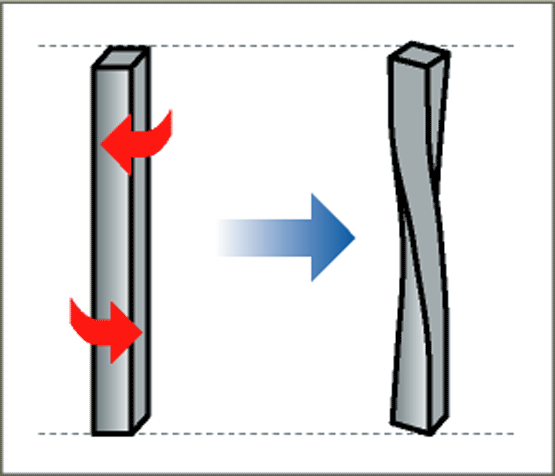
twists structure
shear

tears the structure
in opposite parallel
directions
